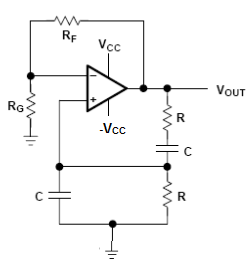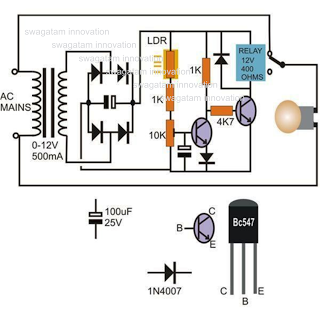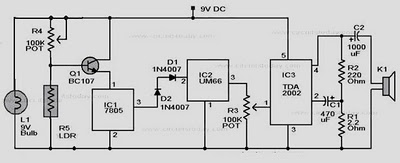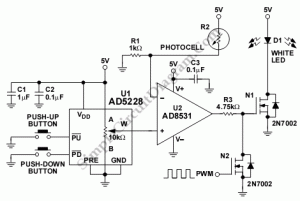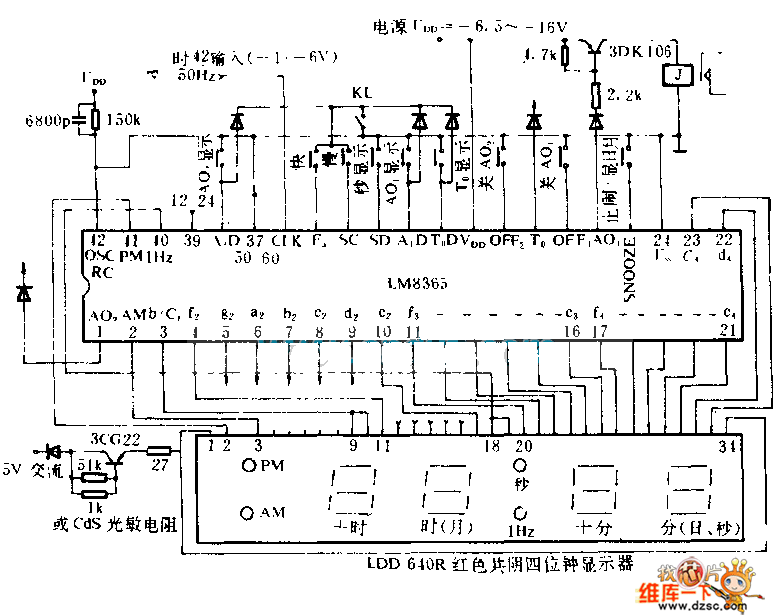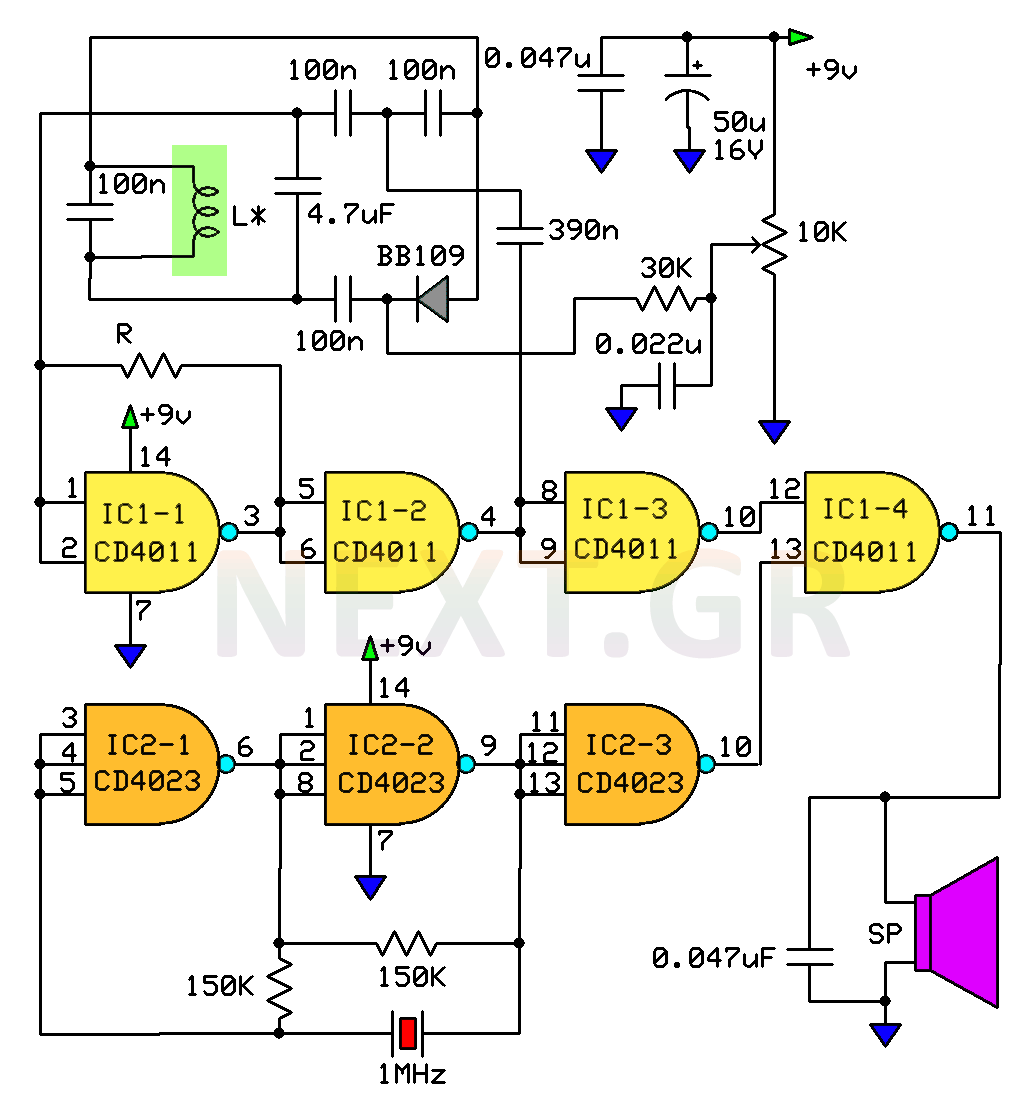
Flyback transformer tester circuit using 2SC828
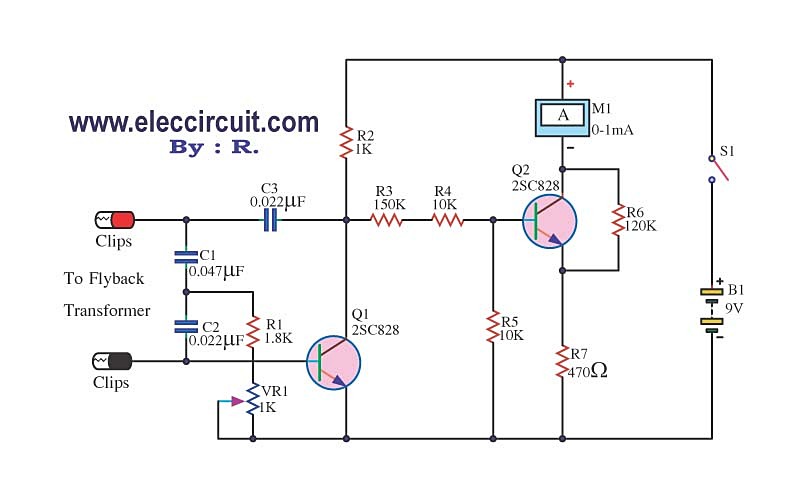
The circuit tests a flyback transformer used in televisions, and it is simple, easy, and inexpensive to construct. A friend who is a TV repairman provided this information.
The circuit designed for testing a flyback transformer is essential for diagnosing issues in television sets. Flyback transformers are crucial components in CRT televisions, responsible for generating high-voltage signals necessary for the operation of the cathode ray tube. The proposed circuit is characterized by its simplicity and cost-effectiveness, making it accessible for both hobbyists and professionals in the field of electronics repair.
The schematic typically includes a few key components: a power source, a resistor, a diode, and a capacitor, along with the flyback transformer itself. The power source provides the necessary voltage to energize the flyback transformer. The resistor is used to limit the current flowing through the circuit, protecting sensitive components from damage. The diode serves to rectify the output voltage, ensuring that it is suitable for measurement or further processing. Finally, the capacitor may be included to smooth out any voltage spikes and provide stable readings.
When constructing this circuit, attention must be paid to the connections and component ratings to ensure safe operation. Proper insulation and protective measures should be implemented to handle the high voltages generated by the flyback transformer during testing. Additionally, incorporating a method for measuring the output voltage, such as a multimeter, allows for effective diagnostics of the flyback transformer’s performance.
In summary, this flyback transformer testing circuit offers a straightforward and economical solution for television repair technicians, facilitating the identification of faults within CRT televisions. The ease of assembly and the availability of components contribute to its practicality in real-world applications.The circuit tests a flyback transformer of the televisions that the result is a simple, easy and cheap to build. One of my friends is TV repairman colors -.. 🔗 External reference
The circuit designed for testing a flyback transformer is essential for diagnosing issues in television sets. Flyback transformers are crucial components in CRT televisions, responsible for generating high-voltage signals necessary for the operation of the cathode ray tube. The proposed circuit is characterized by its simplicity and cost-effectiveness, making it accessible for both hobbyists and professionals in the field of electronics repair.
The schematic typically includes a few key components: a power source, a resistor, a diode, and a capacitor, along with the flyback transformer itself. The power source provides the necessary voltage to energize the flyback transformer. The resistor is used to limit the current flowing through the circuit, protecting sensitive components from damage. The diode serves to rectify the output voltage, ensuring that it is suitable for measurement or further processing. Finally, the capacitor may be included to smooth out any voltage spikes and provide stable readings.
When constructing this circuit, attention must be paid to the connections and component ratings to ensure safe operation. Proper insulation and protective measures should be implemented to handle the high voltages generated by the flyback transformer during testing. Additionally, incorporating a method for measuring the output voltage, such as a multimeter, allows for effective diagnostics of the flyback transformer’s performance.
In summary, this flyback transformer testing circuit offers a straightforward and economical solution for television repair technicians, facilitating the identification of faults within CRT televisions. The ease of assembly and the availability of components contribute to its practicality in real-world applications.The circuit tests a flyback transformer of the televisions that the result is a simple, easy and cheap to build. One of my friends is TV repairman colors -.. 🔗 External reference
Warning: include(partials/cookie-banner.php): Failed to open stream: Permission denied in /var/www/html/nextgr/view-circuit.php on line 713
Warning: include(): Failed opening 'partials/cookie-banner.php' for inclusion (include_path='.:/usr/share/php') in /var/www/html/nextgr/view-circuit.php on line 713
